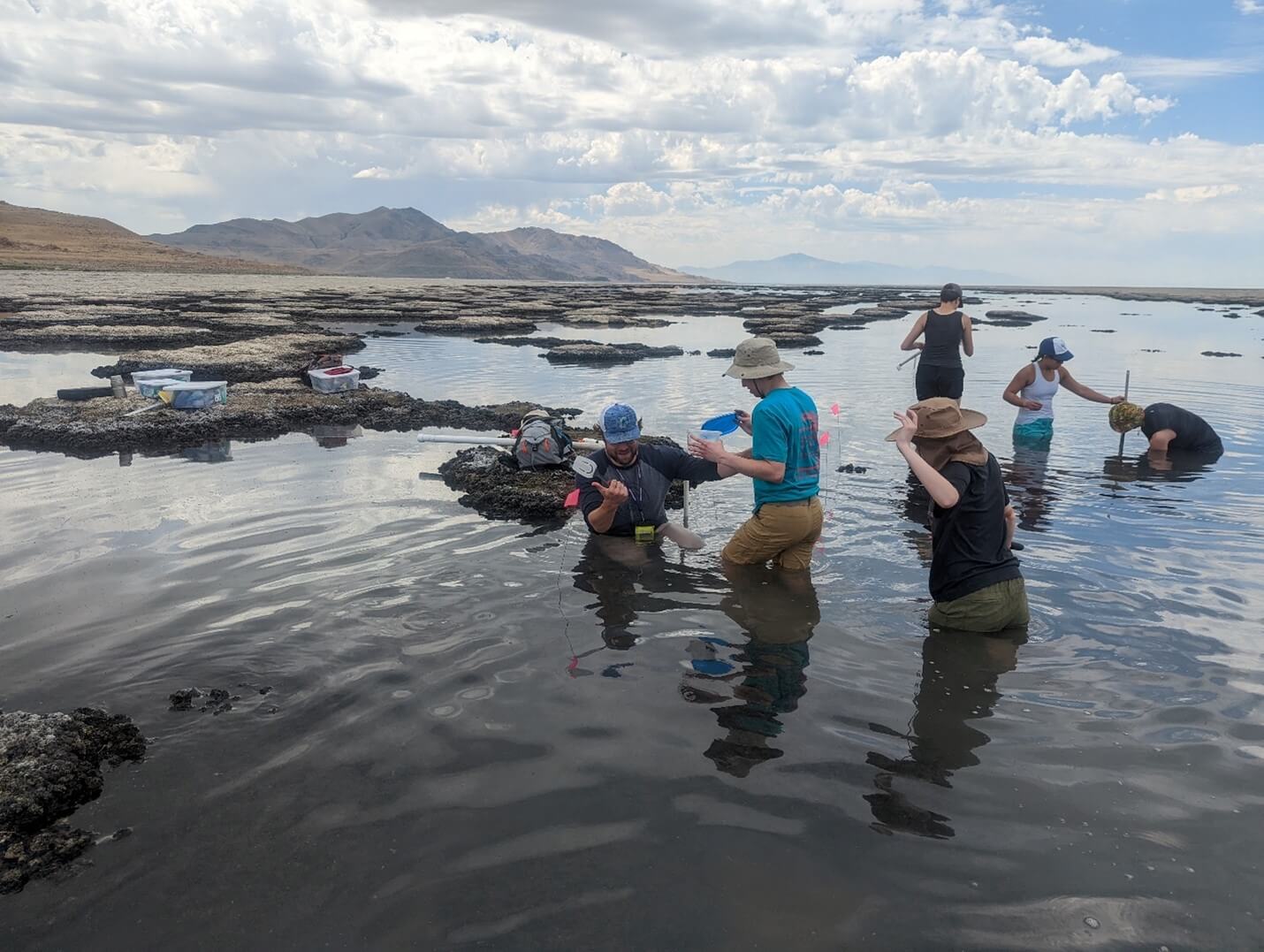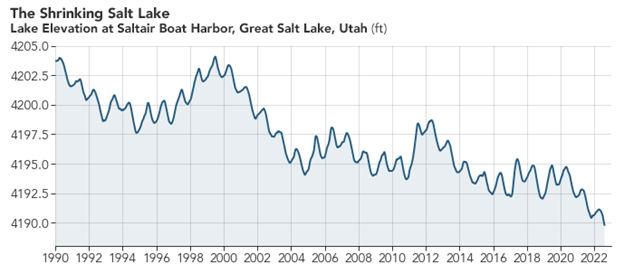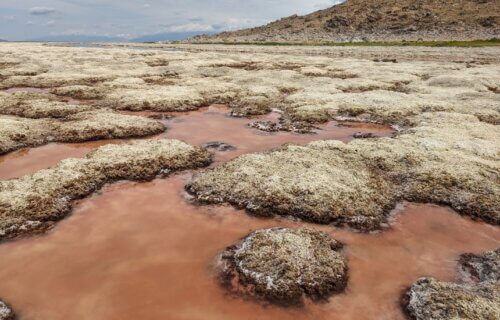Utah’s iconic Great Salt Lake is turning into a salty soup, and that spells trouble for the tiny critters and birds that call it home
Utah’s Great Salt Lake, renowned for its high salt content, is facing an ecological crisis as its salinity reaches alarming levels. Droughts coupled with increased water consumption have led to record-low water levels, rendering the lake’s saline environment increasingly inhospitable for its resident brine shrimp. This, in turn, has grave implications for the migratory birds that depend on them for sustenance, as well as the local economy, which benefits from a multi-million-dollar brine shrimp industry.
Dr. Carie Frantz of Weber State University has been spearheading research at the lake, focusing on the microbialite reefs, which are integral to the lake’s ecosystem. Microbialites are rocky structures formed by the accumulation of carbonate minerals produced by microbial mats. These microbial communities, which include algae and cyanobacteria, are fundamental to the lake’s food chain, as they engage in photosynthesis and sustain larger organisms like brine shrimp and flies.
Recent observations have revealed that as water levels recede, the submerged microbialite reefs are exposed to air, causing a die-off of the aquatic microbes. The reefs undergo a bleaching process, changing from a dark green to a white color, indicative of the loss of their microbial communities.

In an experiment conducted in 2021, Dr. Frantz and her students found promising signs that the microbialite reefs might be resilient to these adverse conditions. By submerging bleached microbialite fragments back into the lake, they witnessed an exponential growth of microbes, suggesting that a full recovery might be achievable within a few months. However, when the experiment was replicated in 2022, the results were disheartening.
The crux of the issue lies in the escalating salinity levels. Dr. Frantz recorded salinity levels upwards of 18% in 2021, which was already above the typical 12-15% considered healthy for the lake’s ecosystem. By 2022, the salinity levels had climbed above 19%, with some areas within the reefs recording levels as high as 26%. To put this in perspective, ocean water generally has a salinity of about 3.2%.

This situation draws parallels to events in the 1950s when the Great Salt Lake was divided into northern and southern halves by a railroad causeway. The northern section, which received less freshwater, experienced a catastrophic die-off of photosynthetic microbes due to heightened salinity levels.
Currently, scientists and local authorities are deeply concerned about the future of the Great Salt Lake. Though there have been legislative efforts to secure water rights for the lake, Dr. Frantz believes that the measures are not aggressive enough to avert an impending ecosystem collapse.
“It’s a slow shift in response to an emergency—we’re not acting as fast as the situation calls for,” she said in a statement last year.
With scientists witnessing worrying trends in the behavior of brine shrimp, brine flies, and the birds that rely on them, the need for decisive action to protect and restore the Great Salt Lake’s fragile ecosystem has never been more urgent.
